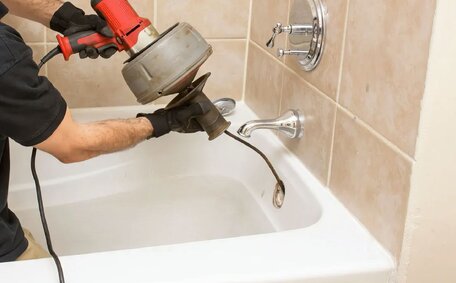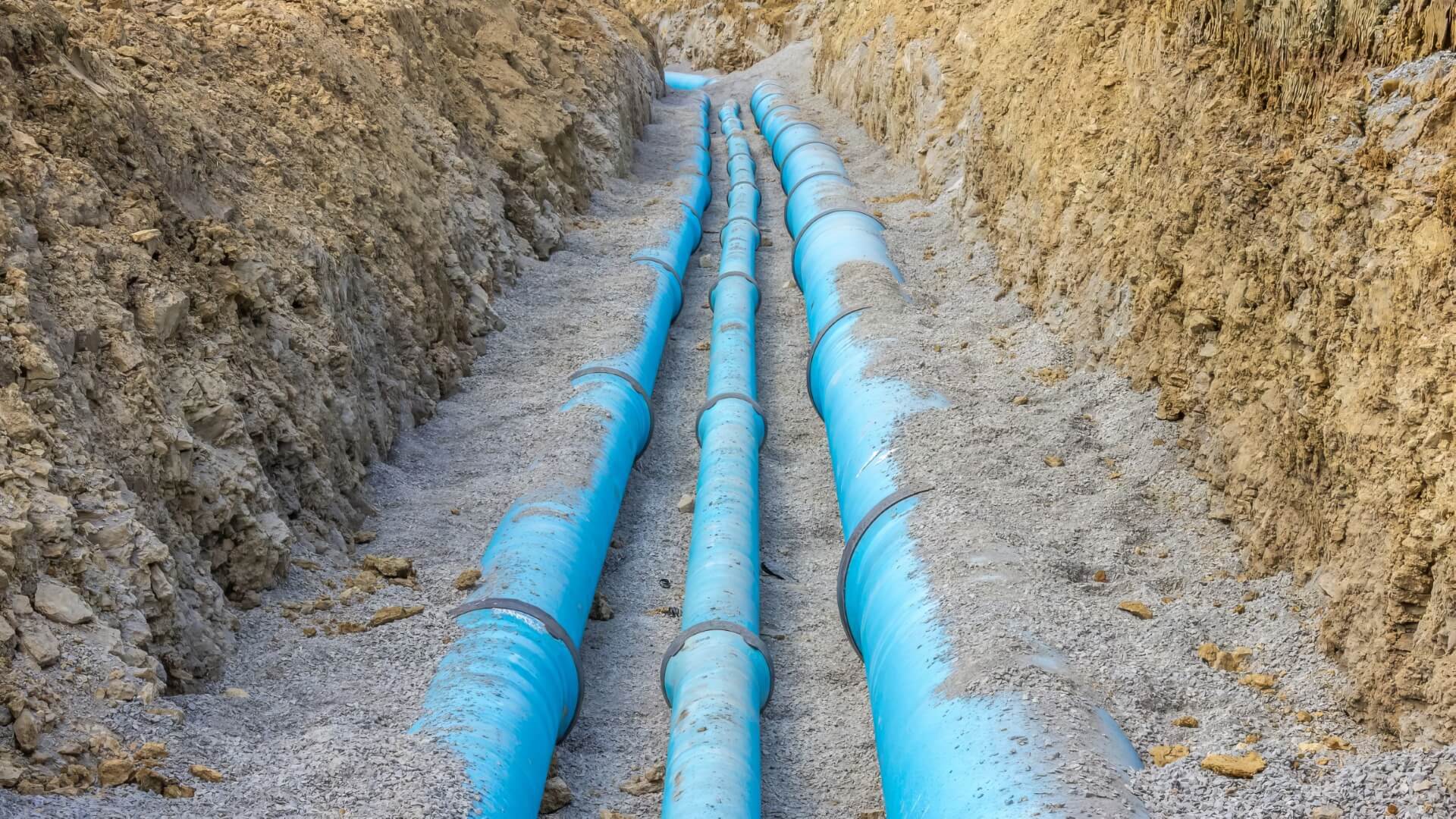Introduction to Fire Sprinkler Systems
Fire sprinkler systems with robust water tanks are critical for fire suppression, swiftly detecting and controlling blazes to protect lives and property.
A standard fire sprinkler system consists of a water source, pipes, sprinkler heads, and a central control unit.
An operational sprinkler system significantly enhances fire safety during an emergency.
As these complex systems age, questions arise about maintaining components like pipes to ensure functionality. Issues like internal corrosion or buildup may require cleaning and relining instead of full replacement. Understanding options for repair will help building owners make informed decisions about their fire protection systems.
Causes of Pipe Failure in Fire Sprinkler Systems
Fire suppression systems, extending miles with pipe networks and tanks, can deteriorate over time. The leading causes of pipe failure, potentially crippling the system, include:
- Internal corrosion: Your water sitting stagnant in pipes causes corrosion and rust buildup that flakes off and clogs outlets. This blocks water flow when the system activates.
- Scale deposits: Minerals in water stick to pipe walls as scale, narrowing openings. Flow is obstructed, reducing water pressure to sprinklers.
- Pinhole leaks: Small holes from pipe corrosion which can lead to water leakage steadily, causing low pressure. More dangerous larger leaks could begin to suddenly appear.
Research indicates around 30% of fire sprinkler system failures are due to water failing to reach the fire. Therefore, it’s essential to maintain the system’s integrity through regular inspections and address issues, such as corrosion in tanks, swiftly to prevent system failure.
Evaluating System Integrity
Regular inspection, testing, and maintenance are crucial for evaluating the current integrity of a fire sprinkler system to determine if pipe relining or replacement is warranted.
During yearly or bi-yearly visual inspections, plumbers check piping and sprinkler heads for the following signs of deterioration:
- Rust flakes or discoloration indicating corrosion
- Mineral deposits or scales reducing openings
- Pinhole leaks or water stains on pipes
- Malfunctioning gauges or control equipment
A water flow test simulates the activation of the sprinkler system. Measurements of the time taken to deliver water and volume of water discharged assess if the system can suppress a fire effectively based on guidelines.
If corrosion, blockages, or inadequate pressure/flow rates hamper function, further video inspections of pipes determine damage severity and location, guiding whether to opt for relining or full replacement.
We recommend assessing the integrity of fire system pipework every 5 years, or even more often for high-rise buildings, ensuring these critical systems remain functional and helping prevent expensive repairs post-failure.
Criteria to Determine if a System Can Be Relined
Several key factors must be evaluated to determine if a fire sprinkler system is a good candidate for pipe relining instead of full replacement:
- Pipe material – Steel sectional pipes are the best option for relining. Other materials like copper may be relined but have a lower success rate.
- Pipe size – Systems with 1 to 8 inch diameter pipes can usually be relined. Larger pipes are harder to reline.
- Pipe length – Long continuous sections of pipe are better candidates than systems with many joints.
- Pipe location – Accessible pipework is easier to reline than hard-to-reach locations.
- Extent of damage – Systems with isolated corrosion spots or minimal buildup can be relined. Widespread damage necessitates full system replacement.
- System age and condition – Older systems near the end of their lifespan often need full replacement.
- Remaining useful life – Systems expected to last over 10 more years are worth relining.
Detailed inspections that document these criteria help determine whether relining or a full replacement is necessary to restore your fire protection system.
Process and Materials for Relining Fire Sprinklers
Relining fire sprinkler systems entails applying an epoxy lining to the pipes’ interior to seal leaks, hinder corrosion, and reinstate water flow. Advanced cure-in-place pipelining products, such as NuFlow 7000, have been preferred solutions.
First, sections of pipework that need repair are identified through detailed inspections. The pipes are then thoroughly cleaned using abrasive techniques to remove old coatings and prepare surfaces.
The two-part epoxy resin is mixed, then inserted into the piping through established techniques.
The epoxy forms a smooth protective barrier as it cures at room temperature over a few hours.
This prevents internal corrosion while allowing full water flow capacity. Once cured, hydrostatic pressure testing checks for leaks and verifies restored integrity. This prevents internal corrosion while allowing full water flow capacity.
This trenchless relining method is less intrusive for occupants than full pipe replacement. NuFlow 7000 is certified for potable water use and offers a durable lining option, backed by a 10-year guarantee to prolong the system’s life economically.
Cost and Safety Comparison of Relining vs Replacement
When evaluating whether to reline or replace ageing fire sprinkler systems, where tanks need consideration, building owners must consider both costs and safety implications.
Complete replacement, including new pipes, might exceed $10 per square foot, costing over $100,000 for a 10,000 square foot building.
In contrast, relining with an epoxy product like NuFlow 7000 is more economical, costing typically between $3 and less than $7 per square foot. For the same size building, relining costs range from $30,000 to $70,000, representing substantial savings over replacement.
Importantly, relining also meets all applicable design, installation and maintenance standards outlined for fire sprinkler systems when proper protocols are followed.
During application, precautions are taken to prevent epoxy drips onto sprinkler head elements that could impair activation. Qualified technicians test lined systems to validate full water delivery volume and pressure to sprinklers based on fire suppression standards.
Consistent testing and inspections maintain system functionality, and warranties of up to 50 years illustrate dependability. Relining thus offers a cost-effective, compliant alternative for maintaining ageing fire sprinkler systems.
Maintenance Considerations After Relining
Professional relining considerably extends a fire sprinkler system’s life, but routine maintenance and testing are still crucial to maintain safety and performance.
Annual inspections assess relined pipes and sprinkler heads for potential leaks, and flow and pressure tests confirm the system’s ongoing ability to manage fires effectively.
Testing and monitoring confirm the epoxy barrier remains intact without deterioration. If leaks reappear over time, spots can be touched up with additional epoxy coating.
Other important maintenance after relining includes:
- Flushing water through pipes to prevent scale buildup
- Sampling water quality to check for corrosive elements
- Clearing any debris around sprinkler heads obstructing spray
- Confirming adequate heating in colder climates to avoid freezing
Documenting tests and regularly exercising valves maintains full system functionality. Although relining reduces long-term costs, ongoing inspections and monitoring are still essential for certified fire protection.
Compliance With Codes and Standards
Compliance with Australian standards and plumbing codes is paramount for fire sprinkler systems’ safety and integrity. Properly relined systems by expert technicians meet key regulations such as:
- AS 2118.1 Automatic fire sprinkler systems - General systems
- AS 2118.6 Automatic fire sprinkler systems - Combined sprinkler and hydrant systems
- National Construction Code - Volume One Building Code of Australia
- Manufacturer specifications for epoxy lining materials
- WaterMark Certification Scheme requirements for plumbing products
Certified products like NuFlow 7000 have WaterMark certification for use in fire protection. A sprinkler contractor licenced by the Plumbing and Drainage Act can install the correct coatings to restore system function per codes.
To ensure your relined fire sprinkler system complies with Australian Standards, reach out to Penshurst Plumbing for professional guidance or to schedule a consultation.






